For healthcare providers, proving that a treatment is safe and effective is only part of the equation. The future of rheumatology depends not only on discovery but also on delivery — how new therapies are valued, accessed, and integrated into long-term care for the people living with rheumatic disease.
“That is the domain of the health technology assessment (HTA),” said Sabine Grimm, PhD, MSc, Senior Researcher at Maastricht University Medical Center in the Netherlands. “HTA is a multidisciplinary process that assesses the value of health technologies. With so many innovations, its role is to help decision-makers, guideline developers, and payers navigate which interventions provide real value.”
Dr. Grimm delivered the keynote address, “Health Technology Assessment in Rheumatology: Why It Matters, How It Works, and Where It’s Going,” on Friday morning, October 24, during the opening session of the Global Rheumatology Summit. This and the other presentations from the pre-conference summit will be available on-demand to all registered ACR Convergence 2025 participants within 72 hours of the live presentation through October 31, 2026, by logging into the meeting website.
Dr. Grimm noted that rising healthcare costs translate into an increase in displaced spending in other sectors, which may not be sustainable long term. However, the role of HTA is to better prioritize treatments that deliver value to patients while also considering the long-term sustainability of healthcare systems.
She shared three illustrative case studies: the National Institute for Health and Care Excellence (NICE) appraisal in rheumatoid arthritis, the reassessment of belimumab in systemic lupus erythematosus (SLE), and an evaluation of diagnostic algorithms for axial spondyloarthritis. These cases highlight both the strengths of HTA and its challenges, and Dr. Grimm explained how these methods can be adapted in settings with constrained resources.
The key challenge with the NICE appraisal was the lack of real-world data that would indicate how effective a drug is or if an outcome had previously manifested.
“Basically, real-world data can be a solution,” Dr. Grimm emphasized.
Comparatively, the SLE trial for belimumab used real-world data. Still, in this particular case, it did not capture the potential for treatment effect for a short duration of an otherwise chronic condition, Dr. Grimm explained.
“There’s always an intensive review phase — either performed by HTA agency staff or, in the case of the Netherlands, by an external assessment group,” she said.
She noted that this process can take weeks or months to complete and may not be feasible for all systems. However, using an evidence-based approach, such as adaptive HTA, allows greater flexibility by focusing on pressing needs, incorporating local context, and assessing transferability from existing evidence.
“Stakeholder engagement is the key,” Dr. Grimm added. “You want to involve clinicians, policymakers, patients, and anyone with expertise in the disease and the healthcare system.”
Dr. Grimm also highlighted three trends that will likely shape the future of HTA in rheumatology: personalized medicine, digital health, and internal harmonization and collaboration.
In the modern world, the one-size-fits-all approach is no longer the standard, as personalized medicine facilitates the tailoring of treatment to an individual’s disease trajectory, she said. That, paired with digital health, grants patients the ease of tracking pain scores on their phones or sharing continuous data with their clinicians.
Related to internal harmonization, Dr. Grimm spoke about the need for global collaboration and creating a consistent initiative on regulation for health assessments so that the evidence generated in one country can be leveraged more quickly.
“The goal of HTA is not simply to say yes or no to a new technology,” she said. “Its real purpose is to help us make better and fairer choices to ensure that patients get timely access to interventions that truly improve their lives, while protecting the sustainability of our health systems. As clinicians, your role is to contribute your clinical insight so that HTA reflects not just numbers, but the realities of patient care.”
Don’t Miss a Session

If you can’t make it to a live session during ACR Convergence 2025, make plans to watch the replay. All registered participants receive on-demand access to scientific sessions after the meeting through October 31, 2026.
